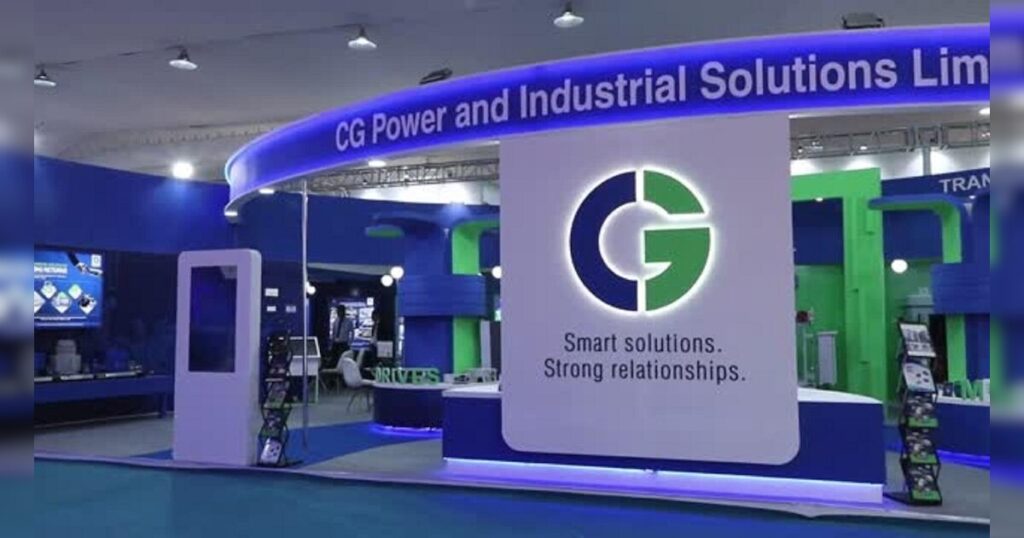Gujarat’s semiconductor ambitions have been handed a major boost. 30 Japanese component manufacturers are set to add an important layer to the emerging ecosystem. As per Ashwini Vaishnaw, Union Minister for Electronics & Information Technology, these Japanese companies are keen to set up plants in Gujarat. It will support four major semiconductor fabrication and allied projects in the state.
“I was just told by the Ambassador of Japan that about 30 Japanese companies are setting up their plants in Gujarat to support the four major semiconductor facilities — whether in chemicals, gases, substrates, or various consumables,” the minister said.
A total of INR 1.25 lakh crore investment is coming up in the state. The four semiconductor plants — Tata Electronics’ unit in Dholera, Micron’s facility in Sanand, CG Power’s plant in collaboration with Renesas, and Kaynes Semicon Pvt Ltd’s unit in Sanand – are to be benefited.

These large-scale projects will provide the anchor to Gujarat’s rising ambitions. But they will need support from the local ecosystem in the form of chemicals, ultra-pure gases, substrates, test equipment, packaging, and other consumables.
Vaishnaw explained the technicalities involved in semiconductor manufacturing, saying, “In semiconductors, purity at the level of parts per billion is extremely important. The chemicals and gases used in this industry have to be ultra-pure,” while addressing the Vibrant Gujarat Regional Conference (VGRC) for North Gujarat in Mehsana.
The minister further noted that the bullet train and semiconductor projects will boost multiple fronts in the state. “What we learn from these two industries will benefit pharmaceuticals, chemicals, and other sectors. It’s a huge opportunity for India,” the minister said.
How Japanese Components Can Uplift Gujarat’s Sectors
The semiconductor industry has long been one of the most demanding industrial domains. In the past decade, Japan has established itself as a world leader in manufacturing process rigor, engineering, chemical purity, and materials for electronics. Their entry to Gujarat means the western state of India gets advanced capabilities. It will enable them to manufacture in high volume rather than being confined to a low-value assembly.
Notably, these Japanese companies will support the components and consumable side of the ecosystem, namely: chemicals, gases, substrates, and various consumables. It is crucial, as factories alone don’t generate full benefit unless tier-1 and tier-2 suppliers are nearby.
It is understood that these ancillary companies will generate local employment, drive manufacturing growth, build an industrial cluster, and generate a ripple effect across logistics, maintenance, and supplier sectors. This movement provides a chance for Gujarat to become a hub of semiconductor suppliers, apart from being a site for a few big plants.

Moreover, the Japanese conductors will benefit other sectors too. The skills, quality control, supply-chain rigor, and clean-room discipline that come with semiconductor component manufacturing will not be limited to the chips.
It will help Gujarat to be uplifted across various sectors with an increase in productivity, deeper-value chains in chemicals and specialty materials, along with more exports. And Japan will be a catalyst in the shift of this movement.
Japanese Components To Make Market Impact
The Japanese components and ancillary units require a wide range of skills, including clean-room technicians, chemical handling, precision manufacturing, and automation engineers, among others. It is, thus, bound to increase jobs not only in factories but also in departments like logistics, packaging, facility maintenance, training institutes, etc.
With the Japanese companies being set up, a cluster of suppliers will increase. It will lead to shorter lead times, localized sourcing, lower logistics costs, and better integration with global value chains.
The local growth will also mean that Gujarat becomes a part of the export value chain, apart from meeting local demands. India has already shown its ambitions in electronic exports, with Gujarat now positioned to pick up share in upstream manufacturing and strengthen the industrial base.
“In these 11 years, electronics manufacturing has grown into an industry worth about ₹12 lakh crore. Exports are rising rapidly, with electronics exports now worth around ₹4 lakh crore. Work is progressing swiftly on backward integration for components,” Vaishnaw said.
The Electronics Component Manufacturing Scheme has received application proposals of INR 1.15 lakh crore.

Meanwhile, the global semiconductor value chain has significant concentration. By building component manufacturing in Gujarat, India are likely to improve their supply-chain resilience. The Japanese firms will also bring global certifications, improving Gujarat’s standards.
Conclusion
With the emergence of Japanese components, Gujarat is likely to attract more potential investors from across the globe. Gujarat is already an industrial heavyweight, with a chance for chemicals, pharmaceuticals, automobile components, etc., to develop further at a large scale.
We are a team of keen observers at Gujpreneur who like to provide you with all the latest happenings across sectors. For more such news and analysis, stay tuned with us or give us a thumbs up in the comment section if you like our updates.







